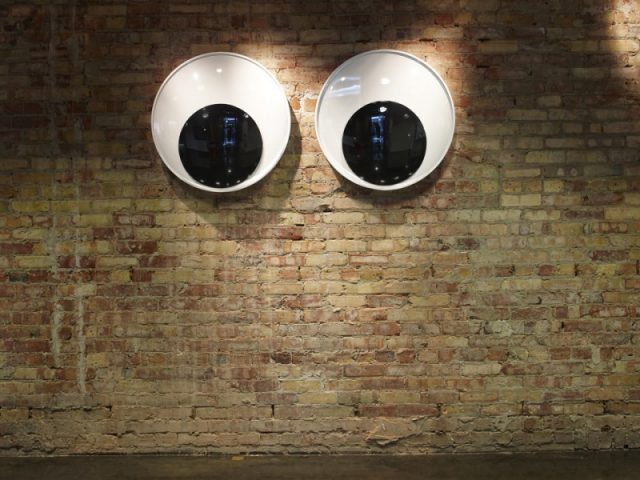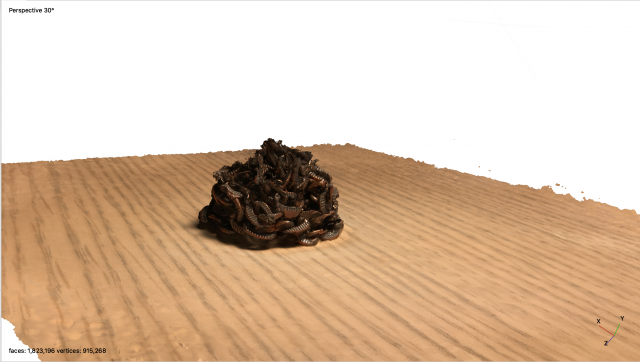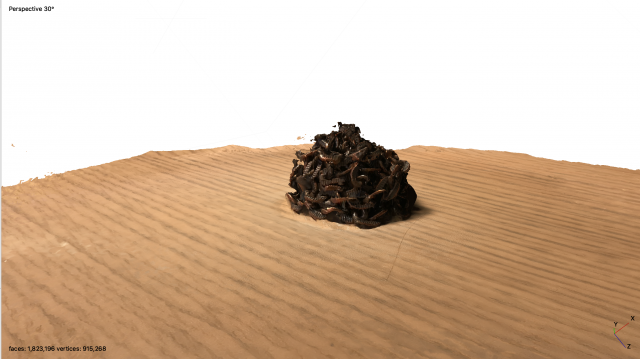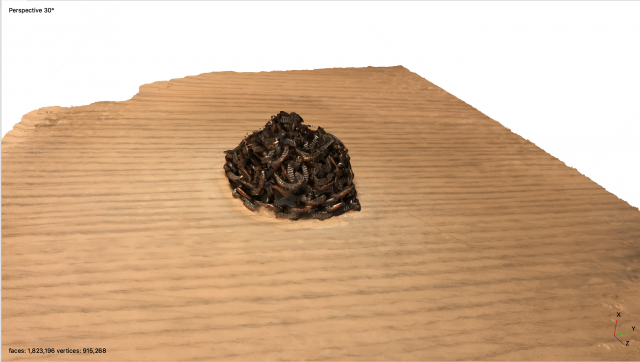

View the Full Series
Marmalade Type is a typography photography series in which artist Rus Khasanov uses photographic interference to make a font that appears to pop off of the page. The letters were formed with gel from the surface of a CD and illuminated with a lamp. No paints or pigments are present to make the colorful gradient illusion. This process exhibited by Khasanov is known as birefringence. According to the Olympus Microscopy Research Center, “birefringence is the optical property of a material having a refractive index that depends on the polarization and propagation direction of light.” Therefore, double refraction occurs; double refraction is when a ray of light is split into two different rays of light that continue on separate paths. Depending on the paths speed and polarity, an index of colors begin to appear. Plastics, like the gel from the CDs, can cause birefringence and Rus Khasanov was able to capture the phenomenon on his camera.
I find it interesting how optical illusions are formed. In this case, the idea of using a photograph to capture a scientific construct as art is intriguing to me. The challenging of what we see and what is there are aspects that I want to bring out of my work in this class.






